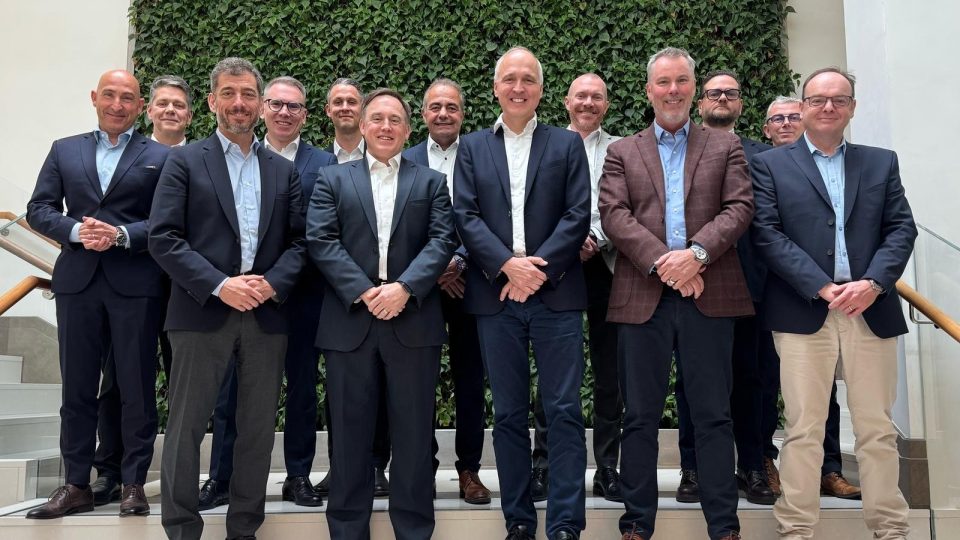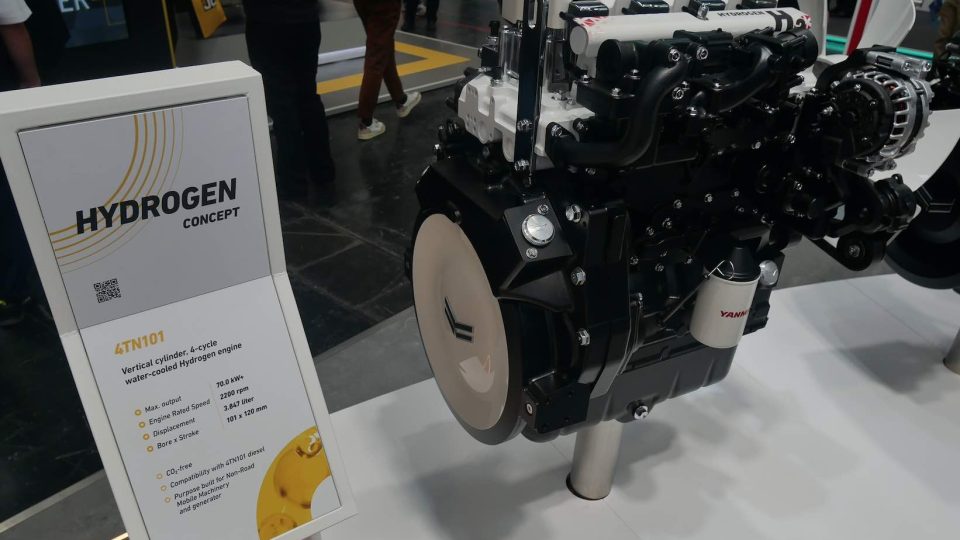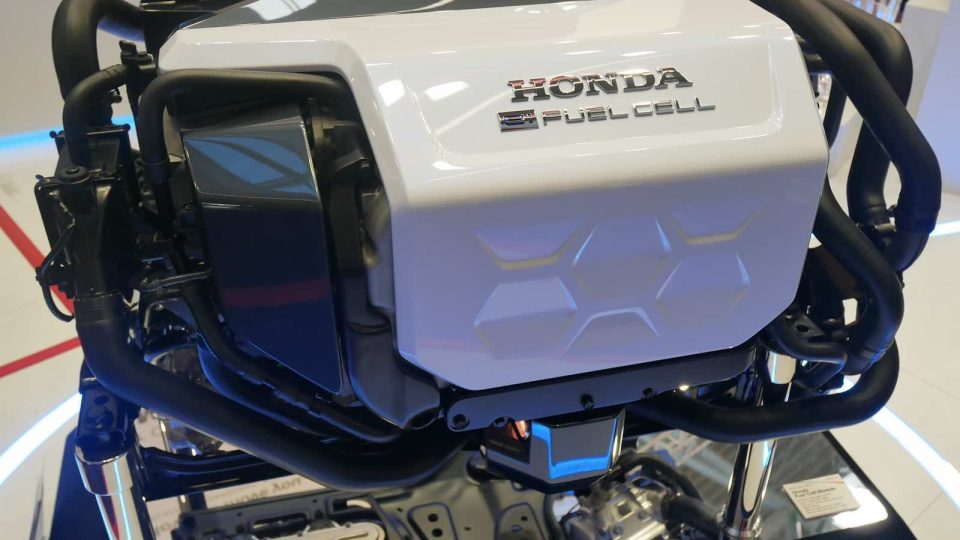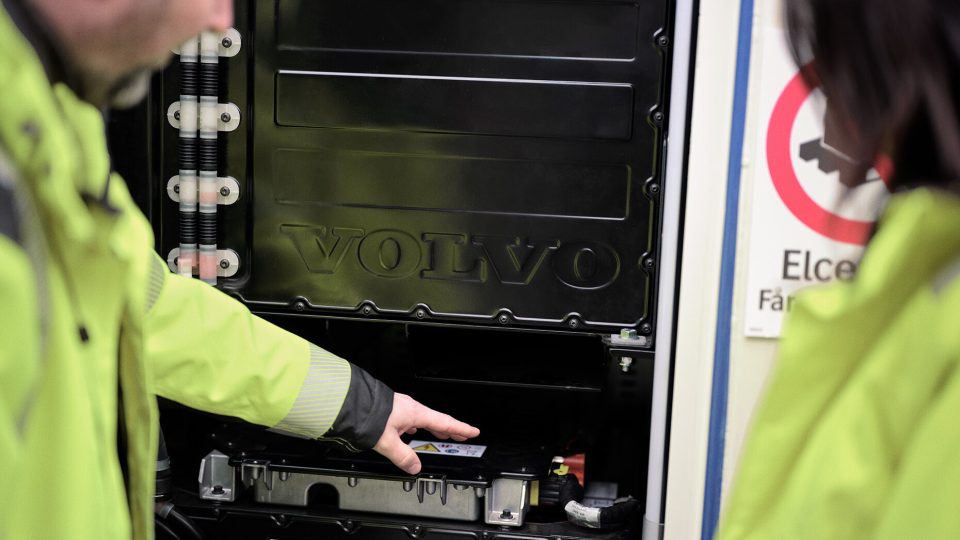Tukas EV releases a new power-generating and storing device
Tukas EV has announced a new model of its power-generating exercise bike, the HR Bank S750, designed as a more accessible eco-friendly fitness trainer for those with lower power needs.
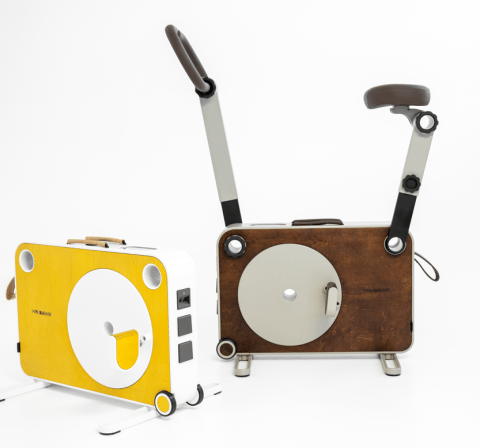
Tukas EV, a startup specializing in clean mobility and energy solutions, is making energy independence more accessible by unveiling a new model of its HR Bank power-generating exercise bike and power storage device.
The original model HR Bank M2000 was designed with a 2000Wh battery capacity, enough to power a home’s lights for a week, in case of emergency. 15 minutes of pedaling is sufficient to charge a smartphone, while one hour can charge a laptop. Power can also be stored in a high-capacity battery, sourced from the electricity grid, a car generator, solar panels, or wind power.
The new model S750 has a lower capacity battery, optimized for those who want to use the HR Bank as an eco-friendly exercise bike and energy storage device, capable of charging a phone or computer using only human-generated energy. The new model is better priced, making it an option accessible to a wider audience.
“Even as more and more people are looking to live eco-consciously, not everyone’s power needs are the same,” says Aurelijus Jaškulis, COO of Tukas EV. “We found that the ability to charge a phone, computer, or desk lamp is more than enough for many. The new HR Bank S750 is designed as a lower power storage device to help such people achieve a new level of energy independence.”
The key differences between the S750 and M2000 are its lighter weight (41kg vs 46kg) and its smaller-capacity battery (750Wh vs. 2000Wh). Where the battery of the original M2000 model can charge a smartphone between 100 and 135 times, the new S750 model can charge the same phone between 40 and 50 times.
A sustainable and customizable energy source
Both HR Bank models are built from the same sustainable materials, with the same eco-friendly production processes, all using recycled materials. As a result, all bike parts can be recycled at the end of their lifecycle. The bikes’ main body components are made from responsibly produced aluminum, while its side panels are made of FSC-certified birch plywood sourced from sustainably managed forests. Almost every part is manufactured in-house, using electricity from renewable energy sources.
The new S750 model as well as the original model can be personalized to fit users’ preferences, with customizable colors, materials, and finishes. “We keep the user in mind from beginning to end,” says Jaškulis. “With fully adjustable handles, seat, and tilt angle, the easy-to-use HR Bank can be used by young children and the elderly alike. Thanks to its trolley-style wheels, it is easily transported, and can even be attached to a desk to be used as an ergonomic workstation. With this new lower-power model, we are helping to ensure an HR Bank can fit seamlessly into any home, whatever its power needs.”




